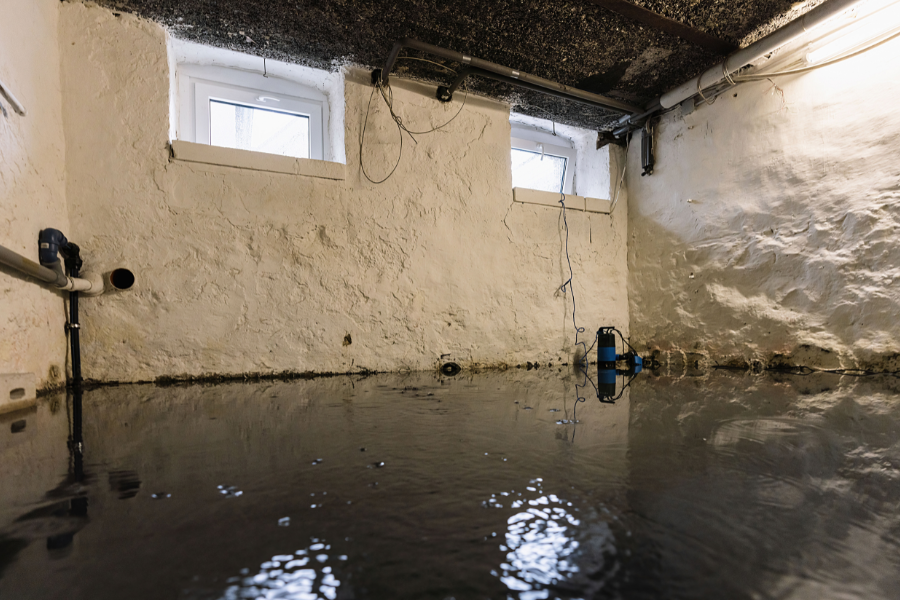Ever had water in your basement even though it hasn’t rained for days—or weeks? You’re not alone. At Basement Remedy, we’ve seen this time and time again, especially in newer subdivisions built on former farmland.
The cause? Something most homeowners have never heard of: field tiles.
Let’s break down what they are, how they’re draining into your basement, and what to do about it.
What Is a Field Tile?
Field tiles are old agricultural drainage systems made of clay or plastic pipes. They were originally buried under farm fields to help drain excess water and keep crops from drowning. These systems still exist all over Ohio and were never designed to work with residential homes.
But when land gets developed into subdivisions, those field tiles are often cut, redirected, or forgotten during construction. The result? That water still flows—and now it might be dumping straight into your foundation.
Signs You Have a Field Tile Problem
Here’s how you know you’re dealing with more than just rainwater runoff:
- Your basement floods regularly, even during dry spells
- Your sump pump runs nonstop
- Neighbors have similar water issues
- You see clean, steady water coming into your footer or block wall
- You live in an area that was once farmland
We’ve seen customers dealing with two or three active field tiles draining directly into their basements. That’s a constant underground stream, not just an occasional leak.
The Worst Part? They’re Hard to Find
Townships rarely have accurate maps of old field tile lines. Developers may not know they’re there—or they cap them off during construction without rerouting the water properly.
Even modern stormwater infrastructure sometimes connects to old field tile systems, creating a hybrid mess of old and new plumbing underground.
It’s not unusual for us to do extensive field work just to trace where a tile is coming from. But if we don’t find it and reroute it, the water keeps coming—sometimes indefinitely.
Interior Fixes Won’t Stop a Field Tile Leak
Interior “waterproofing” solutions—like sump pits, vapor barriers, or wall panels—won’t stop a field tile that’s actively draining into your foundation. They’ll just try to keep up with the water after it’s already inside.
We’ve had clients who had brand-new sump systems and still ended up with a flooded basement because the volume of water from the field tile was too much.
The real solution? Excavate, seal the foundation, and redirect the water.
What Basement Remedy Does Differently
We don’t stop at symptoms. We investigate the source.
If we suspect field tile involvement, we:
- Trace the flow of water
- Look for connections to old tile networks
- Work with townships or county officials if needed
- Reroute the tile to daylight, a new drainage system, or a controlled sump system
- Fully seal the exterior of the foundation to prevent seepage
We’ve even been to township meetings to help our clients advocate for solutions when active field tiles cross property lines or are under municipal oversight.
Don’t Let Hidden Pipes Wreck Your Basement
You can’t see them. You didn’t install them. You might not even know they exist. But field tiles are one of the most common sources of mysterious basement flooding in Ohio—and they’re not going away on their own.
If you suspect you’ve got water coming in from underground—even without rain—it’s time to call us.
Our inspections are free. Our solutions are permanent.
Searching online for:
- “why is my basement flooding with no rain?”
- “field tile flooding in Ohio”
- “constant sump pump running”
- “how to find drainage pipes under house”
We’ve seen it. We fix it. That’s what Basement Remedy is here for.




Leave a Reply